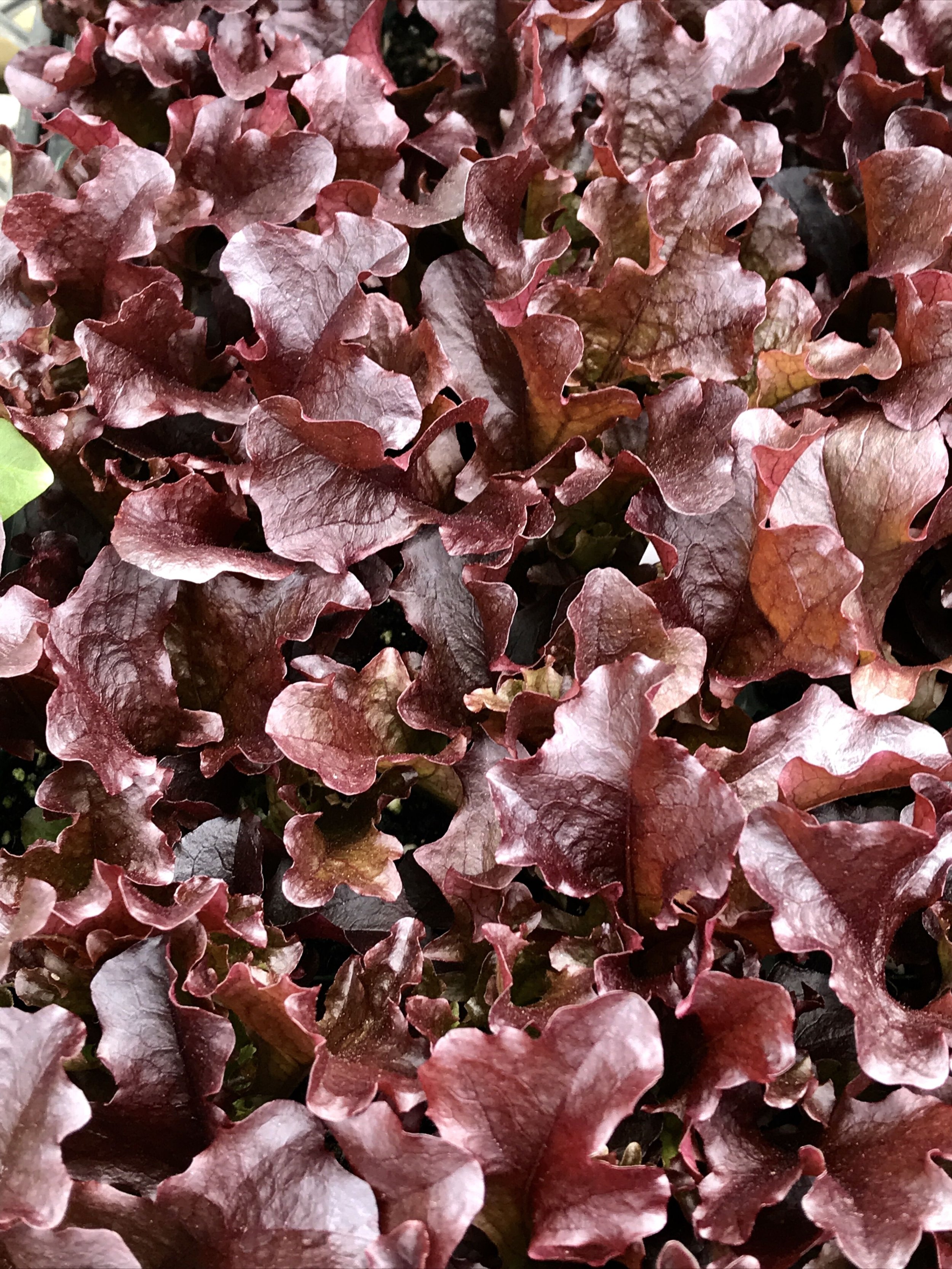SWEET PEAS
Lathyrus odoratus
A Fragrant Climbing Favorite
Sweet peas are a hardy annual that thrive in cool weather and full sun, producing an abundance of blooms from late spring through fall. Their delicate tendrils eagerly climb trellises, fences, or arbors, bringing vibrant color and a light, sweet fragrance to the garden. Reminiscent of classic cottage gardens, their scent and charm make them a favorite among gardeners and flower lovers alike.
Part of Andrew Wiley’s Hardy Annual Seed Project, these sweet peas were sown in the fall to develop stronger roots, resulting in longer-lasting flowers and a more robust growing season. Regular watering, deadheading, and support for climbing will keep them flourishing. When plants reach about 8 inches tall, pinching the central stem encourages more branching and fuller growth.
A top choice for cut flowers, sweet peas look stunning in bouquets and bloom more when harvested regularly. Whether left to climb in the garden or brought indoors, they bring beauty and fragrance wherever they grow.
SWEET PEAS A GREAT CHOICE FOR CUT FLOWERS!
Sweet Pea Zinfandel
Sweet Pea High Scent
Sweeet Pea April in Paris
*****************************
SOWING
SWEET PEAS
Follow these simple steps to set your plants up for success.
1. Prepare the Soil
Dig a large hole and mix in plenty of compost—sweet peas thrive in rich, well-draining soil.
Choose a sunny spot for the best growth and yield.
2. Planting & Supporting
For best results, plant sweet pea seedlings before they become root-bound to avoid root disturbance.
Provide a support structure like bamboo canes or trellises to help vines climb.
3. Water & Feed
Keep soil consistently moist, but not waterlogged, especially as plants begin to grow and flower.
Apply a balanced fertilizer regularly—peas are heavy feeders and need extra nutrients to thrive.
4. Maintenance for Continuous Growth
Deadhead (remove spent blooms) from sweet peas to encourage flowering into late summer or even fall.
Cut Sweet Peas frequently to keep plants producing.
WITH PROPER CARE, YOUR SWEET PEAS WILL REWARD YOU WITH LUSH BLOOMS ALL SEASON LONG!
*****************************
NOW AVAILABLE!
A variety of hardy annual Sweet Pea seedlings Andrew sowed in the fall are now ready to be planted out!
High Scent
Cupanis Original
Elegance Lavender
April in Paris
Raspberry Twirl
Queen of Hearts
Mermaids Dream
Enchante
Zinfandel
Royal Wedding
Watermelon
Strawberry Fields
*****************************
garden tips
need a hand this spring?


















